Environmental Impact
The need for an effective and efficient transmission network to transfer energy generated in the south-western Victoria to the State power grid is recognised but it is important to consider the various environments and potential impacts that this transmission line project may have on local areas also.
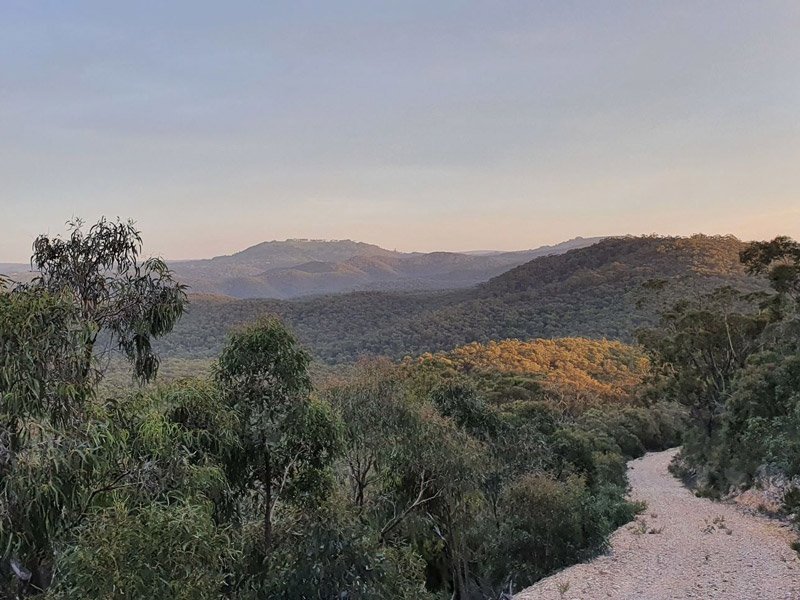
Lerderderg State Park
The Lerderderg State Park encompasses scenic and geological gorge formations surrounding the Lerderderg River as well as the volcanic cone of Mount Blackwood. The park is known for its remote setting and the 300m deep Lerderderg River gorge is a dominant feature. Private land abuts the park to the south. The narrow corridor between private land and the park represents the AoI.
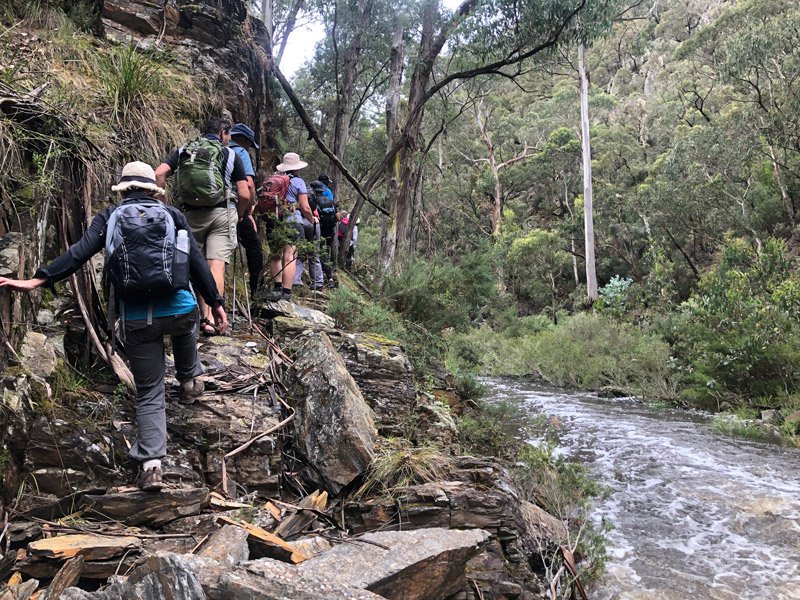
Natural Assets
The region contains a number of environmental and natural assets of regional, state and national significance including: Brisbane Ranges National Park, Wombat State Forrest, Werribee Gorge State Park, Long Forest Nature Conservation Reserve, Lerderderg State Park, “Triassic Park” (The Council Trench Darley), etc., as identified in the South West Landscapes Assessment Study – Planisphere, 2012.
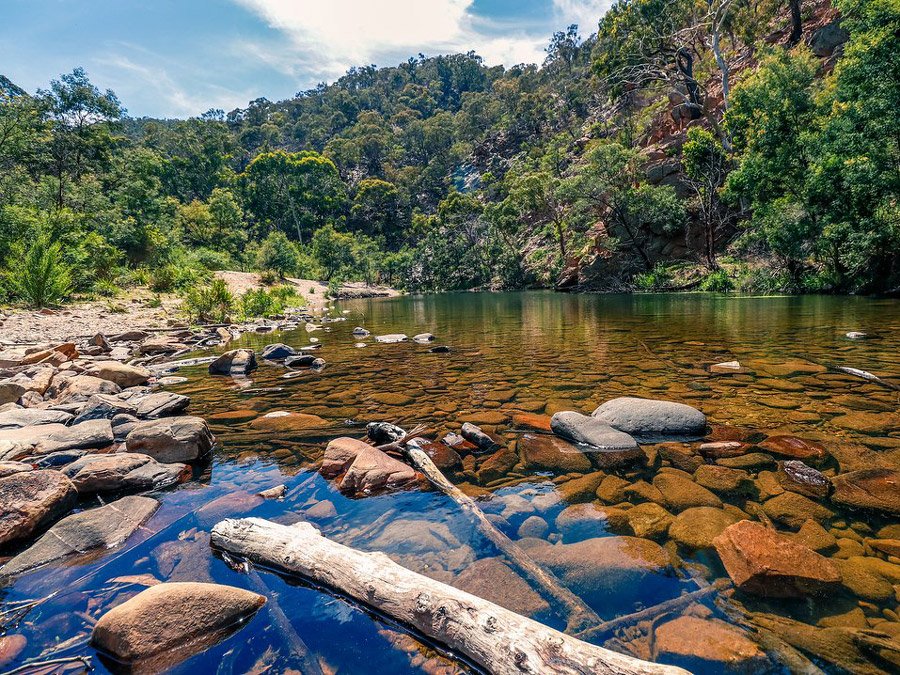
Rivers and Streams
The 63 km long Lerderderg Heritage River corridor begins in the Wombat State Forest north-west of Blackwood, and continues through the Lerderderg Gorge to the Werribee Valley above Bacchus Marsh. The majority of the corridor (45 km) passes through the Park. Its boundaries follow the rim of the gorge, with spurs and ridge lines linking gorge sections. There is a Draft Management Plan for the Lerderderg Heritage River (NRE 1997).
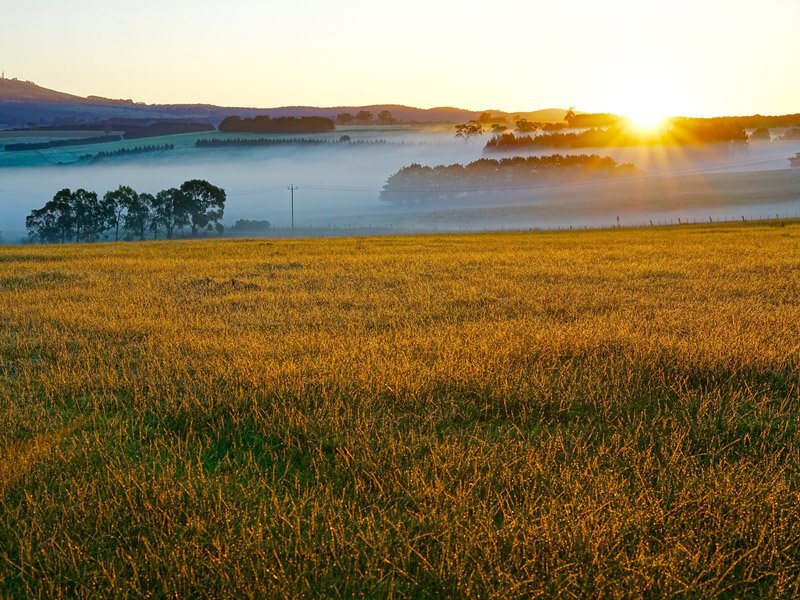
Landscapes and Rural Setting
Residents, businesses, and visitors of the region, do so because they want to be in close proximity to Melbourne while still enjoying a lifestyle surrounded by a semi-rural atmosphere and its associated natural landscapes.
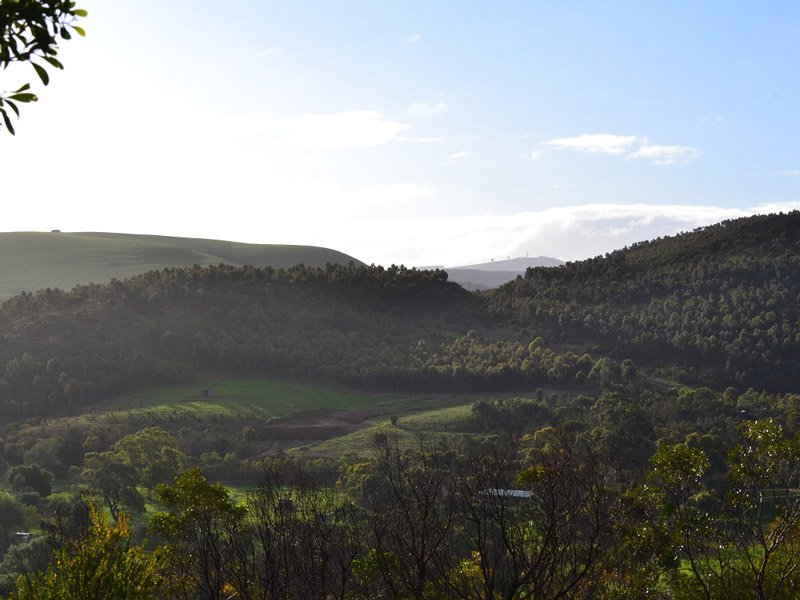
Aesthetics
The negative visual impact of high voltage power lines has been well documented. Although most electricity transmission companies downplay this fact, they are aware of the growing concerns communities have with impacts on their surrounding environments.
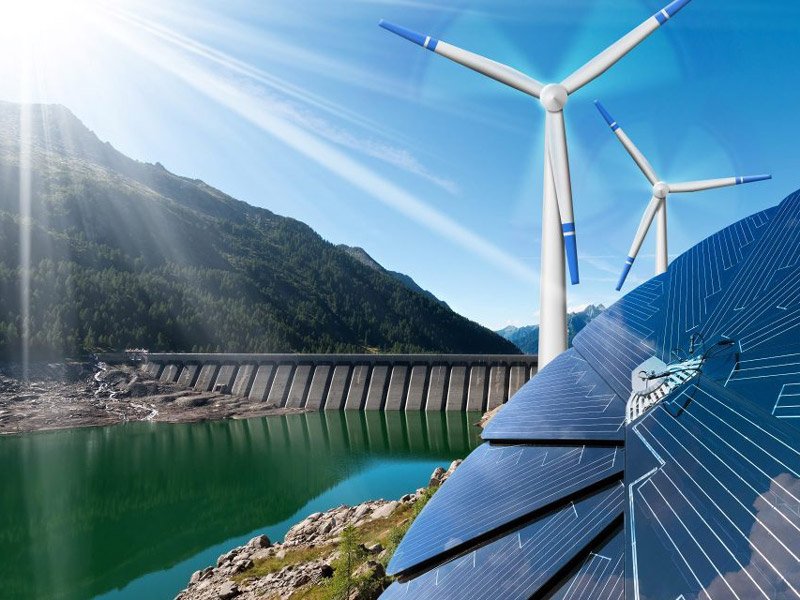
Renewable Energy Contradiction
The community is concerned that there appears to be a ‘double standard’ developing regarding this project. On one hand, there is government rhetoric and the ‘push’ to utilise more green energy sources (e.g. development of the wind farms in the south west of Victoria) while on the other hand, persistence in utilising transmission infrastructures (e.g. overhead high voltage transmission lines and switching stations) that have huge impact on the surrounding environments and also waste at least 10% of the green energy generated compared to new efficient in-ground cabling.

Join Now
Get Involved
The only way to make a difference is to get involved. It’s easy to sit back and wait for others to do something but when you are staring at 75-85m towers in a few years time, you will kicking yourself for not doing something when you had the chance. This is OUR only chance to stop these towers, so get involved now.
Welcome to the home of Darley Power Fight. A group of residents in Darley, Coimadai and Merrimu, united against high voltage transmission towers passing through our backyard. We came together through the realisation the transmission line will divide a narrow corridor between Darley and the Lerderderg State Park; altering landscape character, causing widespread damage to critical habitat for threatened species, increasing fire risk to the Park and thousands of residents, destroy our visual amenity, harm local agriculture and will impact businesses and property values. It will completely desecrate, in a few years, what nature has taken millions of years to create.

